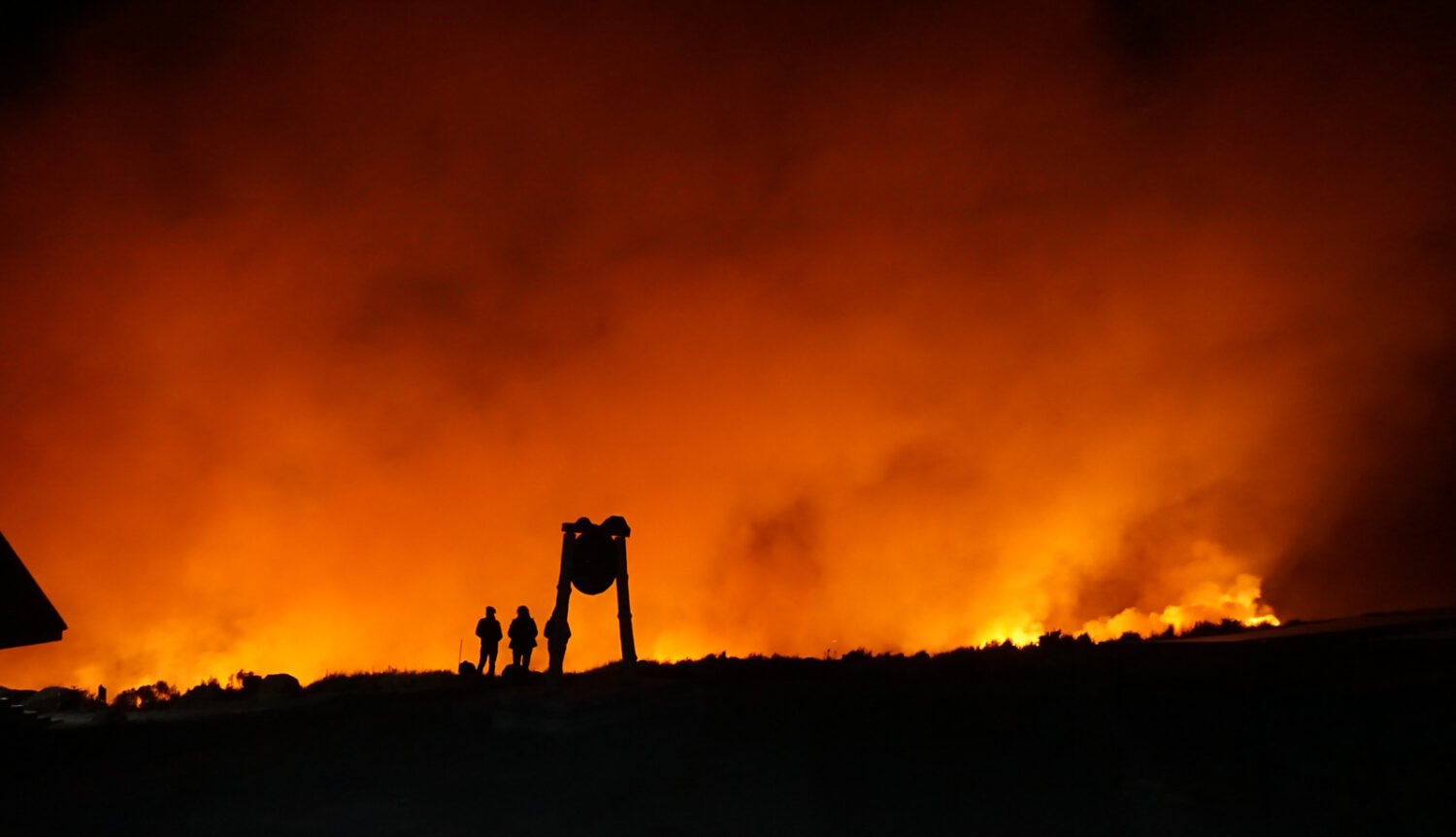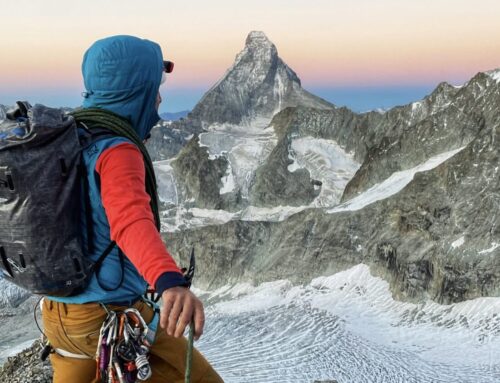Kilimanjaro, Tanzania: 15 October 2020
This autumn it was only a small travel group with 5 participants* around Hermann. Since the end of June Tanzania welcomes travellers and mountain lovers, the country in East Africa is not considered a corona risk area. Nevertheless, the situation for mountain and safari tourism does not look rosy this season, numerous jobs in the region and the surrounding national parks are endangered.
With this trip in the special Corona year 2020, Hermann wanted to show how safe and pleasant hiking and travelling in the highlands of Tanzania is. This time he packed his mountain bike into his luggage to crown the summit tour with the longest downhill descent in Africa (over 4500 depth meters) after the ascent.
"We must not leave our friends and partners alone now because of our fears, with this trip I want to set an example. We have a responsibility for these people," says Hermann.
Ascent in the rainforest
On the penultimate Tuesday morning, the group started from Marangu Gate at 1800 m to the first stage through the evergreen mountain rainforest to the Mandara Huts (2700 m). At first the hotel said that the fire was under control. However, large groups of young army men had already gathered at the top to fight the fire. The participants of the tour group (Birgit and Barbara Schäble, Frank Fabry, Patrick Luther and Hermann) were the only white people on this day.
Biting smoke rose near the Maundi crater, Hermann wanted to see for himself what the situation was like and after a short climb from the huts above the tree line he saw that the individual small sources of fire had actually been extinguished. During the night a soft rain provided cooling and gave hope for a safe ascent to the Horombo huts (3700 m) the next day.
The Horombo huts are burning
The rain during the night could not extinguish the flames completely and a strong east wind rekindled the scattered fires. Extensive areas to the east and below the Mandara Huts were already burning. The way back was cut off. The strategy "escape to the top" where there are only stones, scree and ice, seemed to make the most sense for the group and the park rangers.
Hermann reports: "The acrid smell of burning woke us up and the sounds of the monkeys and birds were muted. We had to get up into the open country quickly. The heath landscape and the dry forest behind us were already charred and during the night huge areas were burnt. The strong east wind drove the flames further and further, new sources of fire woke up everywhere and around noon a huge, black cloud of smoke rose exactly at the spot where the rescuing Horombo huts stood.
Scorched earth
"When I saw the black smoke rising on the horizon, I knew that the huts were burning. We walked over scorched earth like on one of the battlefields of the world wars and just wanted to get up, out of the biting smoke in this thin mountain air" the mountain guide remembers. Just before the Horombo huts, the hiking group met a park ranger who came from above and apologized for the whole situation and praised the determined and courageous behavior of the group. In the late afternoon the group reached the Horombo huts, up here the air was much better although the fire caused considerable damage. Ten of the smaller huts were burned down to their foundations. The Senezien stock was destroyed.
The orange-yellow glow of the bush fires shone menacingly over the camp of the Horombo huts that night. The fire reached the wood of the huts within a few hundred meters. The east wind increased and drove the wall of fire towards the Machame Route, where some groups could still be evacuated in time.
"I've been up most of the night observing the situation. In the worst case scenario, we would have climbed even higher in the darkness to the heights of salvation," says Berie.
Fine rain finally helped to contain the fires in the morning.
After a hike to the Zebra Rocks at over 4000 meters the extent of the apocalypse became visible. Up to the black and white zebra rocks the greedy flames destroyed the vegetation, numerous chameleons lay charred between the bushes, the whole heath landscape and parts of the forest between 2900 - 4100 meters were burned, only the skeletons of the senecia trees stood black in the landscape.
On Friday, the situation has been considerably defused, the fires have died down and almost completely extinguished due to the cool, wet weather.
Hermann Berie now looks to the future with hope: "the small rainy season, which is now slowly beginning until the end of December, brings rainfall again and again and already when I descended the mountain on Sunday I could discover young, fresh green in the ashes.
On Saturday morning after sunrise the group around Hermann Berie finally reaches the summit of Kilimanjaro. As if to mock, there is a layer of snow almost two metres high up here this year.
An adventurous week with fire and ice on the highest mountain in Africa ends with the 4500m descent and the descent from Berie on a mountain bike from the summit down to the safe village of Marangu.
If you want to book this trip: https://berie.ch/kilimanjaro-marangu-pur-one-week/









Leave a comment